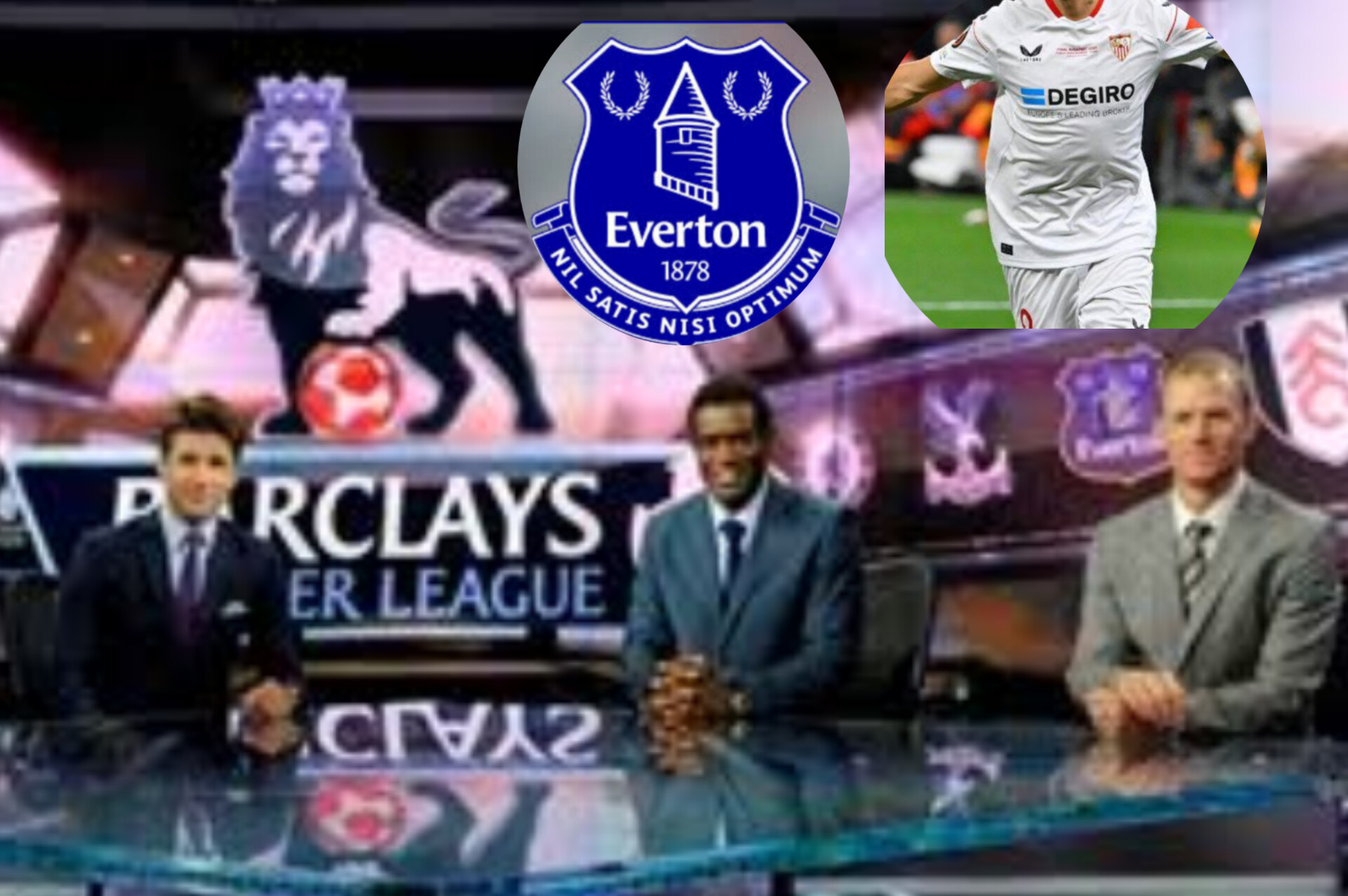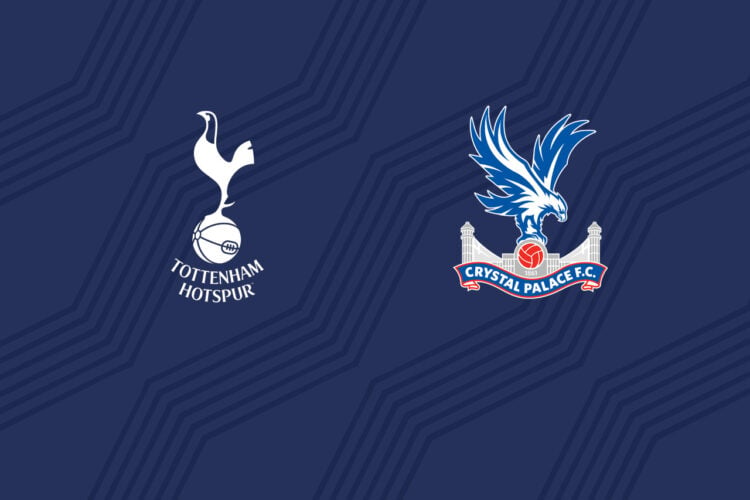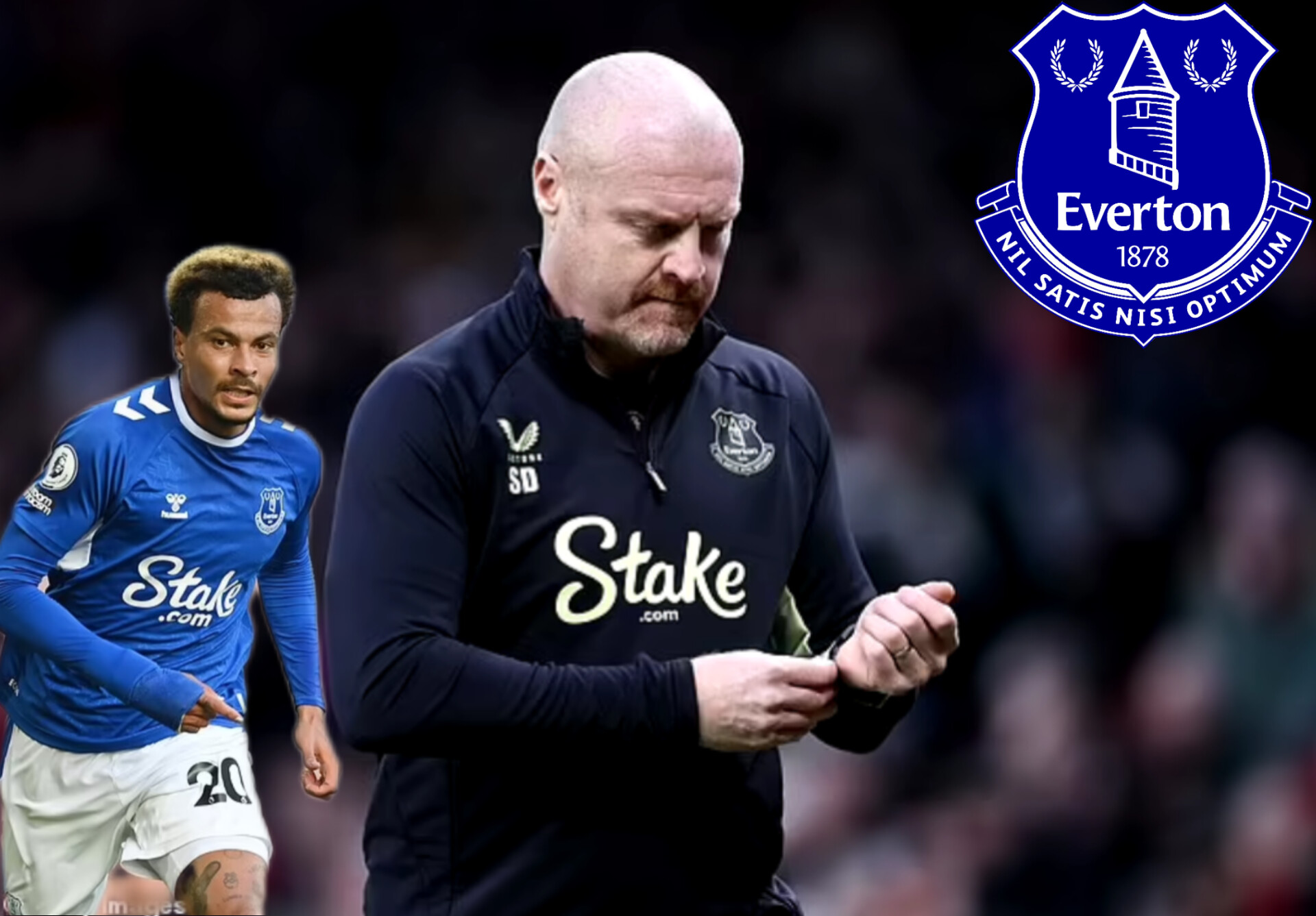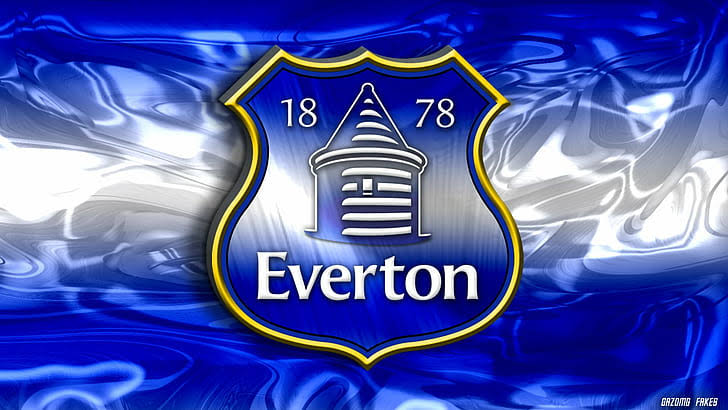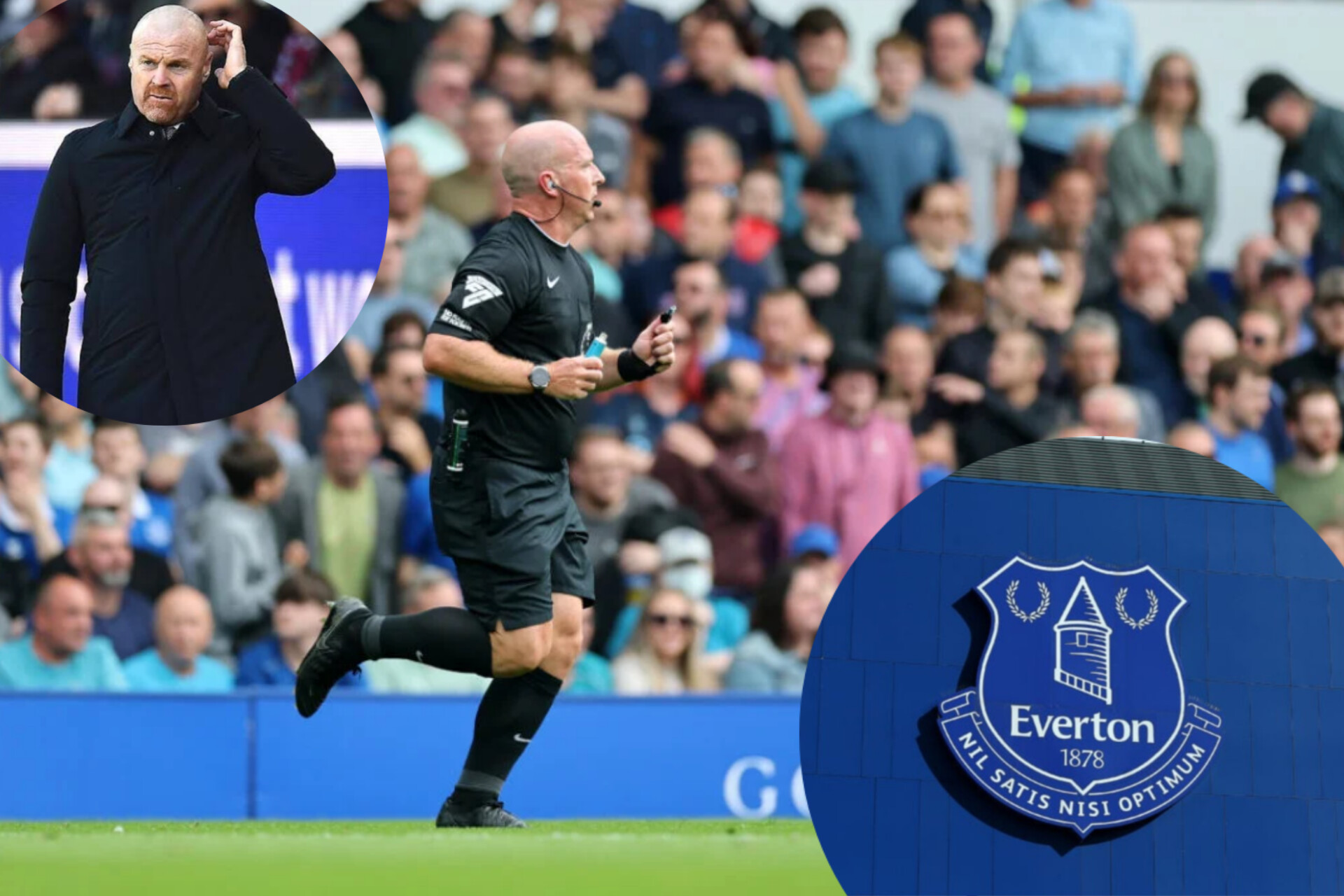Everton’s Recent Struggles and Internal Discord
Recent performances at Everton have raised significant concerns, particularly highlighted by the stark contrast between player and manager perspectives. While Sean Dyche successfully steered the club through early-season difficulties, the last two matches suggest a troubling regression.
The team’s fortune against Fulham, where they managed a late equalizer through Beto despite being largely outplayed, masked underlying issues. These problems came to a head in the Southampton fixture, where Dyche’s controversial decision to bench Jarrad Branthwaite sparked fan discontent.
The Southampton match exposed multiple weaknesses: minimal possession (34%), defensive errors, and ineffective attacking play. The postgame reactions revealed a notable disconnect between team members and management.
Lindstrom’s Candid Assessment
In a remarkably frank post-match interview, Lindstrom expressed clear frustration, describing the performance as subpar and emphasizing the need for improvement. His key points included:
– Inadequate first-half showing
– Poor team spacing and positioning
– Improved but still insufficient second-half effort
– Need for higher collective standards
Dyche’s Contrasting Perspective
The manager’s post-match analysis painted a markedly different picture, focusing on:
– Claimed dominance in chance creation
– Satisfaction with defensive shape
– Downplaying Southampton’s possession advantage
– Limited concern about opposing threats
The Leadership Disconnect
This divergence in viewpoints highlights a potentially concerning situation at the club:
– Players openly acknowledging performance issues while management appears satisfied
– Tactical disagreements regarding team positioning and structure
– Questions about defensive organization, particularly regarding Tarkowski’s positioning
– Growing gap between management’s assessment and on-field reality
The situation, while not critical, suggests a concerning misalignment between managerial perspective and player experience, potentially impacting team cohesion and performance improvement efforts.


